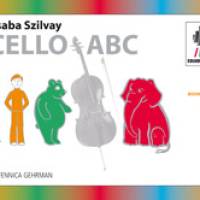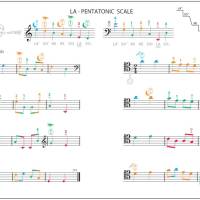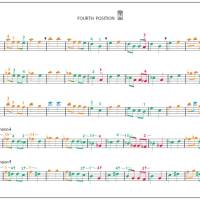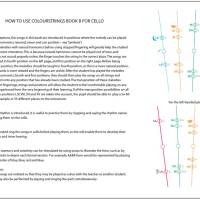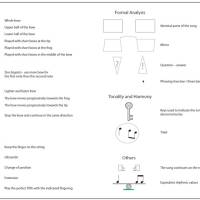Colourstrings Cello ABC: Book C — Cello tutor
Szilvay, CsabaTuotetiedot
| Nimeke: | Colourstrings Cello ABC: Book C — Cello tutor | ||
| Tekijät: | Szilvay, Csaba (Kirjoittaja) | ||
| Tuotetunnus: | 9790550094796 | ||
| Tuotemuoto: | Nuotti | ||
| Saatavuus: | Toimitusaika 3-7 päivää | ||
| Hinta: | 35,65 € (31,27 € alv 0 %) | ||
|
|||
| Kustantaja: | Fennica Gehrman |
| Painos: | 2014 |
| Kieli: | englanti |
| Sivumäärä: | 101 |
| Tuoteryhmät: | Jousisoittimet Colourstrings Colourstrings viulu-, alttoviulu-, sello- ja bassokoulut Colourstrings, Colour Keys, muut Colour-soitinkoulut |
| Kirjastoluokka: | 78.731 Sellonsoiton opintoaineistoksi tarkoitettu musiikki |
Muut formaatit tai variantit
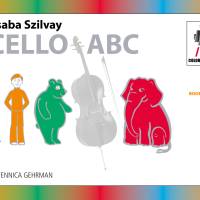
|
E-kirja, 2021 EPUB |
27,05 €
|
With a few exceptions, the songs in this book are introduced in positions where the melody can be played with natural harmonics. Playing the melodies with natural harmonics before using stopped fingering is of great benefit to the student to develop correct intonation. Playing melodies in harmonics is also very useful to help develop a good bowing style and clarity of sound. Before playing the melodies in the first (I) position, they should first be taught in the fourth (IV) position as this is a more natural position where the thumb is relaxed, fingers visible, and the stretch easier for a small hand. By taking all the transposition possibilities of Book B into account, the student is able to play a So-Mi melody in 55 places on the cello. Here in book C there are even more possibilities to transpose the beautiful melodies from many different countries.
The Colourstrings method by Géza and Csaba Szilvay
• develops the capacity for inner hearing using singing and relative solmization
• left-hand “numbered pizzicato” prepares all fingers for stopping motion
• makes use of natural harmonics to teach the left hand an optimal, relaxed position
• suitable also for group teaching
Based on Zoltán Kodály's philosophy, the Colourstrings method domesticates the instruments and the instrumental teaching to meet the child's need.
The standard stave system is reached step by step: it initially starts with no stave at all, then introduces the one-line and two-line staves, then the two-line system superimposed within a five-line stave, and finally, the full five-line stave.
Colours and visual presentation awaken and maintain interest and make the learning process easier, more enjoyable, deeper and longer-lasting. During 50 years of time, the ever-developing Colourstrings method has brought up hundreds of professional musicians of many generations.
The Colourstrings method by Géza and Csaba Szilvay
• develops the capacity for inner hearing using singing and relative solmization
• left-hand “numbered pizzicato” prepares all fingers for stopping motion
• makes use of natural harmonics to teach the left hand an optimal, relaxed position
• suitable also for group teaching
Based on Zoltán Kodály's philosophy, the Colourstrings method domesticates the instruments and the instrumental teaching to meet the child's need.
The standard stave system is reached step by step: it initially starts with no stave at all, then introduces the one-line and two-line staves, then the two-line system superimposed within a five-line stave, and finally, the full five-line stave.
Colours and visual presentation awaken and maintain interest and make the learning process easier, more enjoyable, deeper and longer-lasting. During 50 years of time, the ever-developing Colourstrings method has brought up hundreds of professional musicians of many generations.




